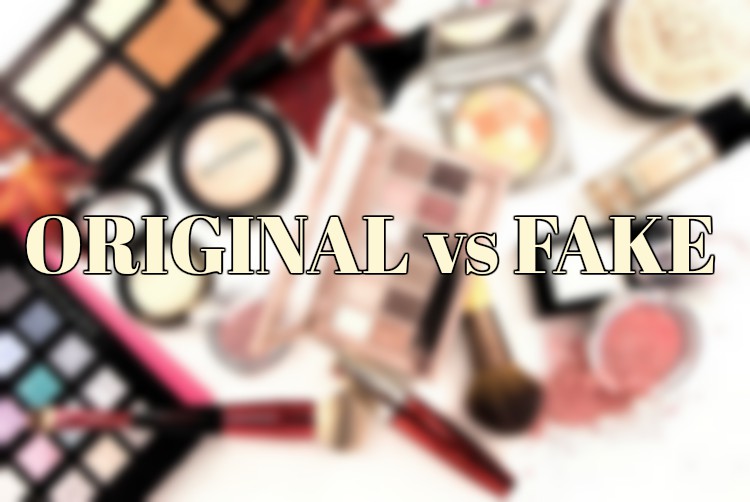Okay, so today I decided to mess around with creating some fake cosmetics data. It was a bit of a random idea, but I thought it would be fun to see if I could generate realistic-looking product info.

Getting Started
First, I needed to figure out what kind of information I wanted. I mean, what makes up a cosmetics product description, right? I thought about it and came up with a basic list:
- Product Name: Something catchy, maybe a little bit fancy.
- Brand: Could be made up, or sound like a real brand.
- Description: Gotta have those flowery words about what it does.
- Ingredients: A bunch of chemical-sounding stuff.
- Price: How much does this magical stuff cost?
- Shades: If it is foundation or lipstick.
The “Process” (aka Making Stuff Up)
I didn’t really have a process. I basically just started brainstorming. For product names, I tried to combine words that sounded, like, luxurious or natural. Stuff like “Midnight Bloom” or “Silk Radiance”.
Brands were a bit trickier. I didn’t want to accidentally copy a real brand, so I went for things that sounded real but were probably gibberish. “Aetheria Beauty” was one. “LumiGlow Cosmetics” was another.
Descriptions were the most fun. I just let loose with the adjectives. “Hydrating,” “revitalizing,” “anti-aging,” “brightening” – you name it, I threw it in there. I even made up some benefits, like “reduces the appearance of pores by 99%!” (Totally unrealistic, obviously.)
Ingredients… well, I just Googled “common cosmetic ingredients” and copied a few. I mixed them up, added some random numbers and chemical symbols, and hoped for the best. It looked pretty convincing, at least to me!

For the shades, I looked up some real-world examples and mixed them up. Add some new words and made them sound appealing.
Prices were totally arbitrary. I just picked numbers that seemed reasonable for different types of products. Like, a lipstick might be $12, but a fancy serum could be $80.
The Result
Honestly, I was pretty impressed with myself. I ended up with a whole bunch of fake cosmetic product descriptions that looked surprisingly real. I mean, if you saw them on a website, you might actually think they were legit (until you tried to buy them, of course).
It was a silly little project, but it was a fun way to play with words and see how easily you can create something that looks believable, even if it’s completely made up.

